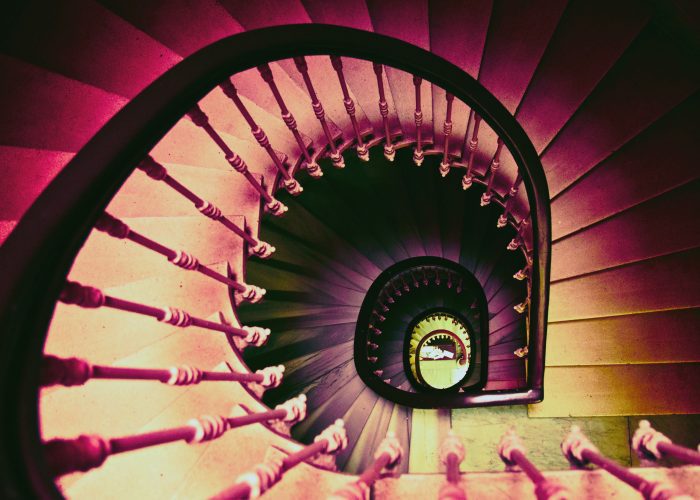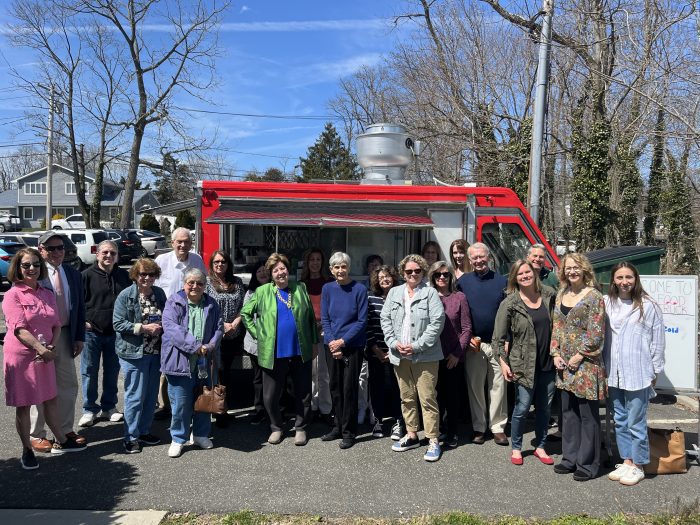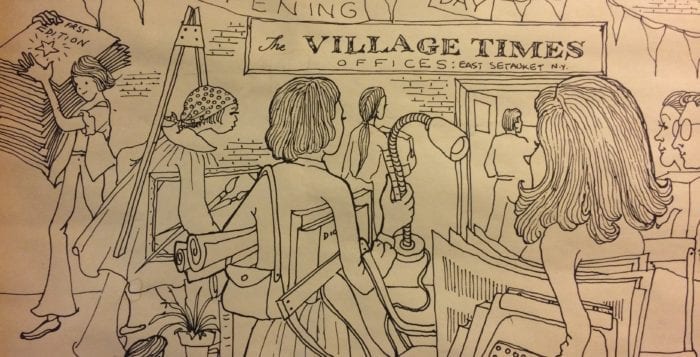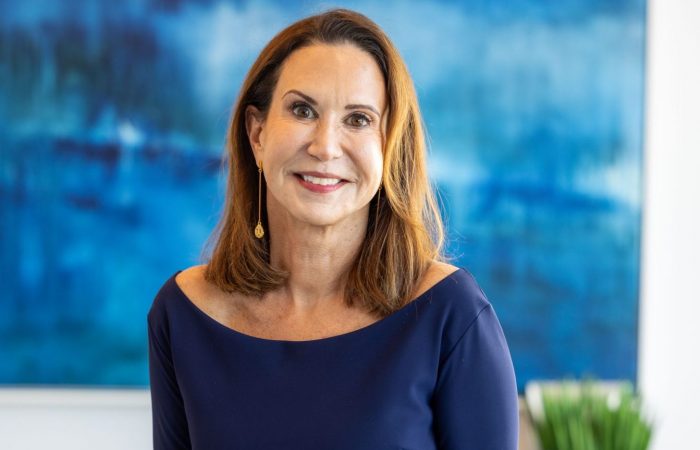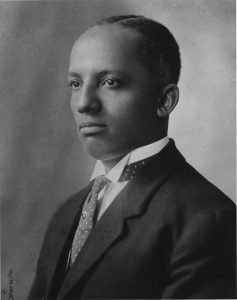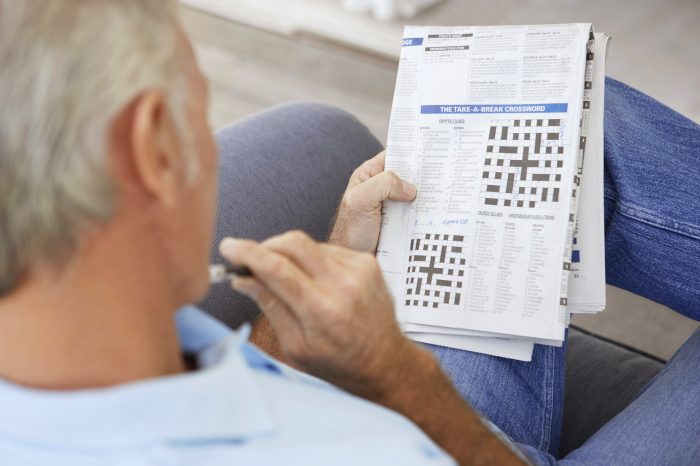By Leah S. Dunaief

Publisher
“Don’t fall” is a good motto for people of a certain age. Bad results can happen from a fall, starting with broken wrists and arms, wrenched muscles and tendons, and the oft killer, broken hips. I know that. We all know that. I chuckle, sometimes, at the memories of the many times I have fallen off horses and face-planted on skis. It meant nothing when I was in my teens and 20s. It’s meaningful for me now.
So, yes, just recently I fell.
It happened by accident. It’s always an accident, I guess. No one ever falls on purpose. But this time, it seemed like such a benign situation.
I was visiting a dear friend in South Carolina and staying in her spare bedroom. I had been there several days, and together we were going to leave for a short road trip. We were packed, the car was loaded, and I just went back inside for one last look to check that I had taken everything.
Nothing left in the bathroom, good, but as I started toward the bed, I thought I should toss the bedspread over the sheets. So I did that with my right arm, then as I turned left to leave, my shoes got caught in the skirt that hangs over and hides the mattress. This skirt was somewhat long, the edges draped on the floor, and they tripped me as I tried to step away from the bed.
Down I went.
No doubt you have experienced that accidents seem to replay themselves in slow motion. As I twisted and fell, there was enough time for me to voice an unrepeatable expletive but nothing to catch hold of.
It’s almost eight weeks now, and the various parts of the left side of my body, especially my ribs, have almost healed. But with all this spring air encouraging us to greater animation, I thought I should issue the standard warning: don’t fall.
There are many places to be extra cautious about falling. First and most commonly treacherous is the home, especially the bathroom. Every surface in there is unforgiving. Put grab bars in the showers. Whatever the cost, it’s much less than a visit to the emergency room. Make sure those cute little bathroom rugs are skid proof or they may take you for an unwelcome ride. Think about walking slowly on the tile floor, which can be wet from an enthusiastic bath. Ditto for the kitchen floor.
Stairs can be dangerous. I have a rule that I never walk down—or up —steps without holding the banister. That is true even for two or three steps.
Have a light on, however dim, when you get out of bed in the night. You may have cleared the path to the bathroom beforehand, but you never know what may have occurred since then, like a pet nestled along the way.
Don’t walk along with a bundle in your arms that blocks your view of the floor. There may be an obstacle in your way. If you bend over for any length of time, as when you are drying your feet, or are working in the garden, straighten up slowly and give yourself an extra second to regain your balance.
Speaking of outdoors, there are plenty of possibilities for falls there, too. A friend twisted and broke her ankle by just stepping off a curb carelessly and falling. Uneven pavement can be nefarious and cause you to trip. This is also true where two different types of terrain meet, as in grass and cement. And public bathrooms can have wet floors that are not always flagged. Office buildings, too.
For me, the worst danger comes when I am in a hurry. So the answer is to give ourselves enough time to do what we need to do. It’s okay to get somewhere we have to be a little early, but if we are pressed for time and rushing, we are courting disaster.
By the way, these cautions can also apply to those of a younger age.

